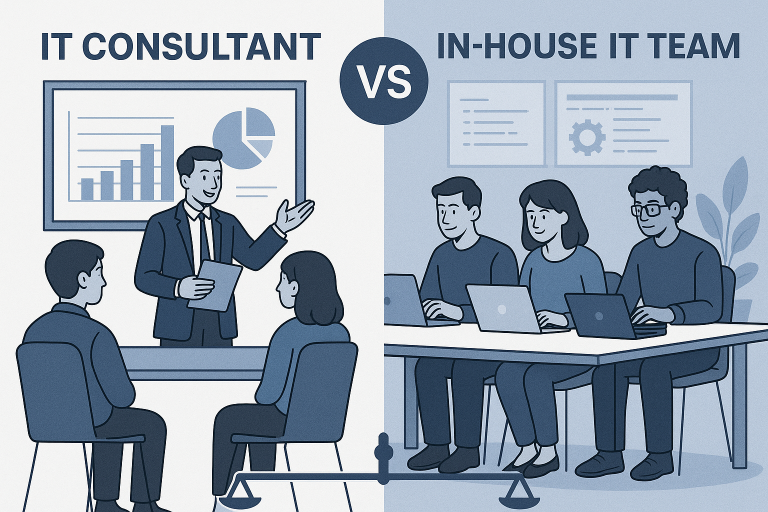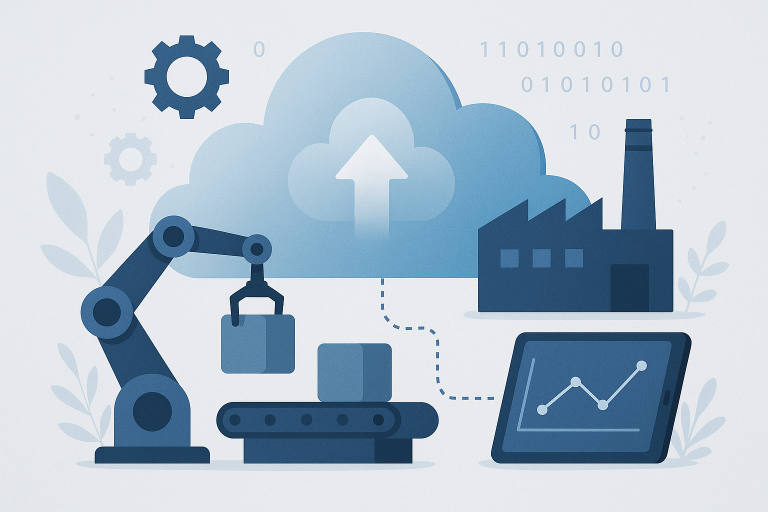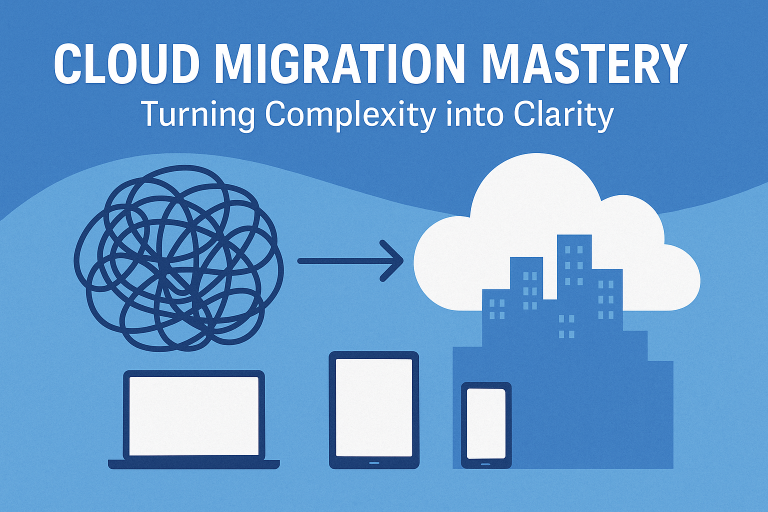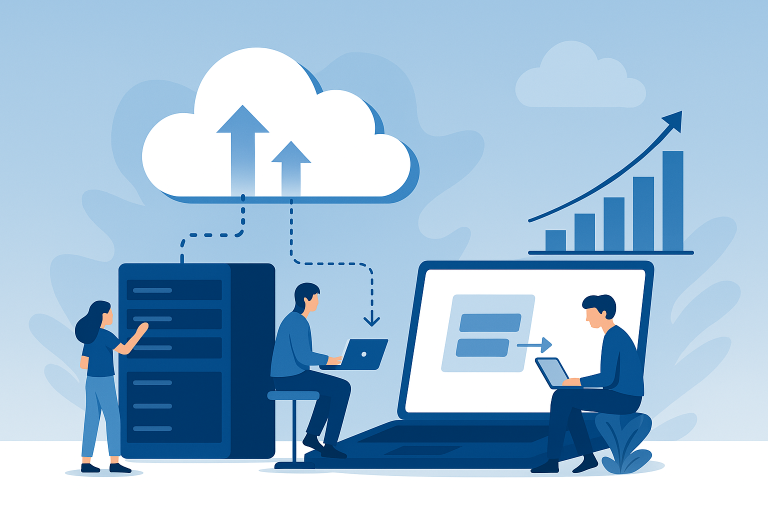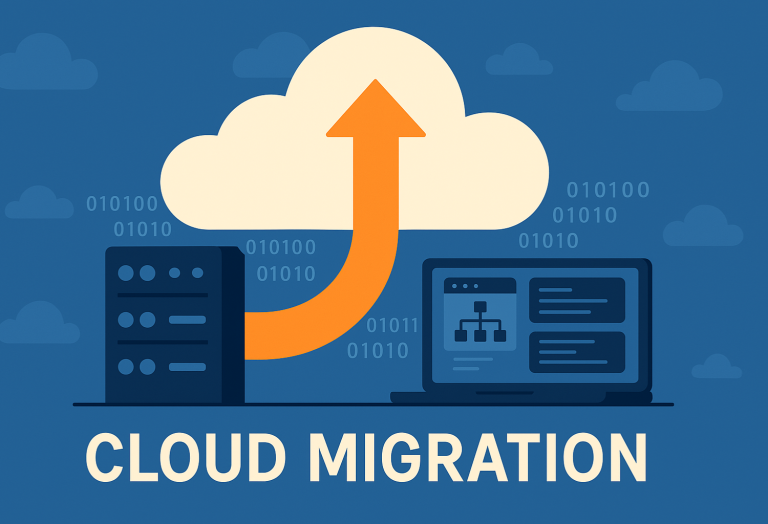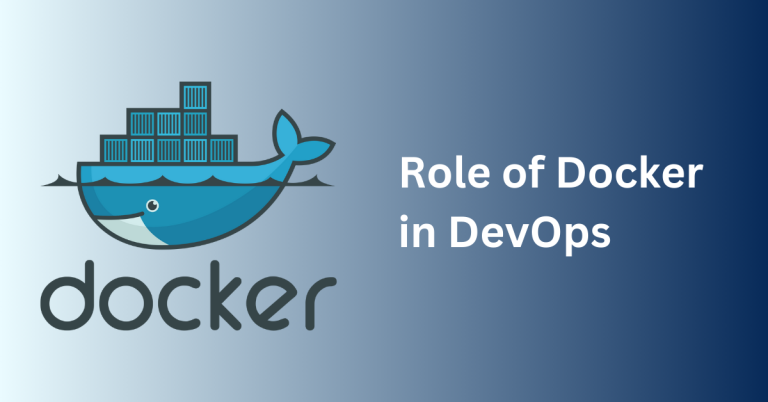
Cloud transformation is a critical move for organizations aiming to stay competitive in today’s fast-evolving digital landscape. By embracing cloud technology, businesses can enjoy improved accessibility, enhanced security, and more efficient data management. The shift from legacy systems to cloud infrastructure is not just a trend but a necessary transformation for businesses to scale, innovate, and reduce costs. With cloud transformation, companies can better meet customer expectations while optimizing their IT operations.
Why a Cloud-Based IT Environment?
According to Gartner’s prediction, cloud revenue will reach to $474 billion in 2022, which is much higher than $408 billion in 2021. Gartner analysts also said that by 2025, more than 85% of organizations would embrace a cloud-first principle over their traditional business strategies.
After the COVID-19 pandemic, the rate of cloud transition has accelerated a lot. According to a study report, in March 2020, 43% of businesses surveyed had yet to make plans to transition to cloud transition entirely. But, the COVID-19 outbreak has changed the scenario. 48% of organizations have changed their cloud migration plans. They have migrated more than 50% of their applications to the cloud.
Cloud transition has multiple benefits, such as:
- Improved agility and flexibility
- Improved performance
- Improved accessibility
- Better managing of increased customer expectations
- Reduced expenses
- Simplify IT
- Cloud scalability
- Shift to everything as-a-service
- Better consumption management
Considering these advantages, organizations are driving towards cloud migration.
Several legacy systems still use outdated technologies that lack the speed, agility, and ability to adapt; these systems are usually incompatible with next-gen technology creations. Therefore, organizations have to face difficulties maintaining, updating, and improving existing systems and improving performances. Complicated traditional systems are sometimes difficult to migrate to the cloud and also costly. Many legacy systems may have some of the following problems:
Poor security due to outdated security measures exposes the system to data breaches.
Expensive maintenance and updates create redundancies and inefficiencies. Most legacy systems need specific expertise, efforts to maintain, and excess time to upgrade.
Outdated systems also need data silos to reposit data, as most of them have outdated frameworks and are incompatible with modern storage systems.
The incompetence in transmitting data from one system to another makes it challenging to extract values from data.
Failure to comply with industry regulations, especially in heavily regulated sectors, could lead to vast amounts of fines.
Advantages of cloud adaptation and running a business in the cloud
IT is an ever-evolving field – IT professionals constantly look for creative methods to provide better outcomes at less expense. Therefore, cloud transformation is a beneficial approach to better manage teams, utilize budgets and make the most of infrastructure and applications.
Reduced expenses:
In traditional business models, organizations have to pay a considerable amount for on-site servers, data centers, software license purchases, storage devices, and many more. But cloud technology has changed the whole scenario. Cloud allows organizations to pay as per their business needs – instead of spending money on hosting the servers in-house, they can partner with a hosting company. It will help organizations to save space, time, and money. A current report shows that moving to the cloud can help organizations to save 15 – 40% of their IT budget on infrastructure costs.
Improved data security:
Data protection is a huge concern for every organization. In the cloud, data remains encrypted, which is a more secure way to store data than storing data on any on-site or offsite server. Plus, cloud technology is frequently upgrading with the changing cybersecurity concerns. So, the robust security system of the cloud can keep their clients’ data safe by addressing the latest cybersecurity concerns.
Cloud hosting firms provide multiple security alternatives, such as firewall protection, tokenization, virtual private networks, etc. So, organizations can spend additional money on something other than in-house security measures, like antivirus, etc.
Improved Accessibility:
Currently, remote working is not only a trend, but a necessity in some cases and the pandemic has fueled this work culture. The facility of accessing every required document from anywhere and anytime is a mandate for remote working. Cloud technology allows employees to access all their needs content without restriction, save updates, synchronize them as needed, eliminate duplication, and many more. In short, the cloud allows your staff to work from anywhere without interruptions or security concerns. Users can even work on multiple projects simultaneously.
Operational flexibility:
In the traditional business model, organizations have to arrange hardware and software suitable to support their maximum workload, even though they may not need the same infrastructure throughout the year. On the other hand, several cloud technology providers offer pay-as-you-go service models that allow organizations to scale flexibly according to business needs.
Legacy-to-Cloud approaches
Cloud migration is not a single-step process. To move your business from traditional infrastructure to the cloud, companies need to follow different cloud migration processes according to the application type.
Here are the basic approaches to move your application to the cloud.
Rehosting:
Rehosting is popularly known as the ‘lift-and-shift’ migration approach. You can transfer your legacy applications directly to the cloud without coding or architectural changes. One can make changes after migration—codes can be rewritten if needed, and even the application’s database interaction can be modernized.
Rehosting is the quickest and easiest method to migrate large-scale legacy applications without distributing the workflow.
Replatforming:
Also referred to as ‘lift-and-shape,’ replatforming involves rewriting application code to run efficiently in a cloud environment. This approach is more complex than simple rehosting, as it requires adjustments to the application’s structure. Initially, the development team conducts a thorough analysis of the app’s logic and business processes. Based on these findings, necessary changes are planned and implemented. The updated application retains the core values of the original software while benefiting from the scalability offered by cloud technology.
Refactoring or rearchitecting:
In refactoring legacy software, application components are reconstructed to improve the current design. Rebuilding of legacy software is applied for those critical applications that need complete modernization to add scale, new features, or optimize performance. Refactoring allows organizations to use the cloud’s benefits and future-proofing the application. In the case of refactoring, the development team holds the most valuable components of the application and replaces the remaining with new ones.
Conclusion:
Cloud transformation through the legacy-to-cloud approach allows companies to hold their legacy components along with a systematic modernization. To make your cloud journey through the legacy-to-cloud approach easy and successful, you can partner with a reliable cloud IT consulting firm. They can help you judge your existing applications and suggest the needed change requirements.
